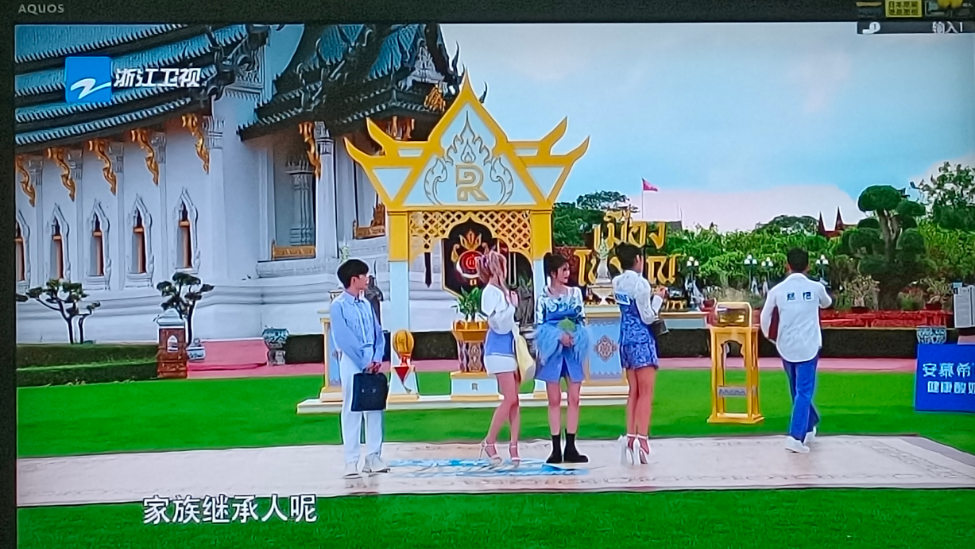关(guān)于humor和humour的区(qū)别,humour和humours的区别(bié)以及匚字旁的字有哪些,区字旁的字humor和humour的区(qū)别,humor和humourous有什么区(qū)别,humour和(hé)humours的区别,humor与humorous的(de)区别(bié),humourous和humour等问题,小编(biān)将为(wèi)你(nǐ)整理(lǐ)以下知(zhī)识:
humor和humour的区(qū)别,humour和humours的(de)区(qū)别
humor=humour,humor=美(měi)式拼音,humour=英(yīng)式拼音。网(wǎng)络,媒体(tǐ)世(shì)界中,美式拼(pīn)法(fǎ)较为(wèi)普遍。
课本(běn)上固然支持传统的英式(shì)拼法。
二者之间(jiān)的意思没有(yǒu)区别。
humor主要用作为名(míng)词(cí),动词,用作名(míng)词译为“幽默,诙谐;
心情(qíng)”,用(yòng)作动词译为“迎合,迁就;
顺应(yīng)”。
humour主要用(yòng)作为名词、动词,作(zuò)名词时译为“幽(yōu)默(等于humor);
诙谐”,作动词时译为“迁(qiān)就(jiù);
使满足”。
例句
1、I hate his kind of cheap humour.
我(wǒ)讨厌他那种低(dī)级的幽默。
2、After that she has turned over the paper and added: "Warmth. Humour.
这(zhè)之后她把(bǎ)纸反过(guò)来追加上:热(rè)情(qíng)、幽默、善良、有理想(xiǎng)。
3、Citizens have the right to speak their minds, and one way to vent this out effectively is through political humour.
公民有权表达他(tā)们的想法,而把这发泄出来的唯一有(yǒu)效途径,就是通过政治幽默。
英语问题(tí):humor与(yǔ)humour humorous与humourous
humor=humour 名词让腔 幽默 一个英租槐式(shì)一个美式
humorous=humourous 形容词 幽默的 一个(gè)英坦型衫式(shì)一个美式
未经允许不得转载:橘子百科-橘子都知道 匚字旁的字有哪些,区字旁的字
 橘子百科-橘子都知道
橘子百科-橘子都知道 











最新评论
非常不错
测试评论
是吗
真的吗
哇,还是漂亮呢,如果这留言板做的再文艺一些就好了
感觉真的不错啊
妹子好漂亮。。。。。。
呵呵,可以好好意淫了